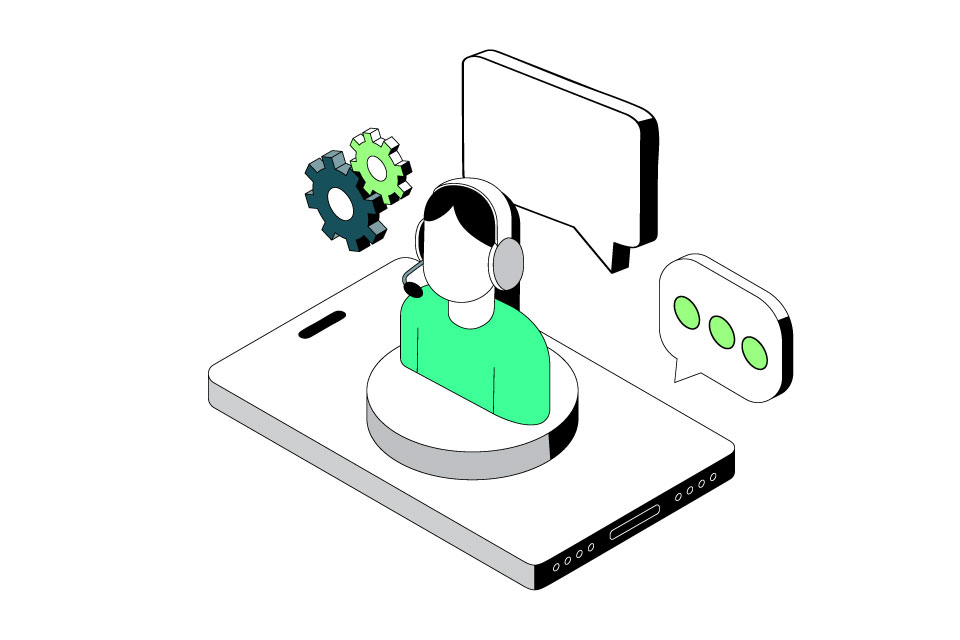This week’s headlines have been filled with news of widespread supply shortages across UK businesses. I’m sure many of you have popped into a supermarket recently and been met with a scarcity of items such as tomatoes and peppers – which has prompted some retailers to introduce purchase limits for customers. Yet it is not just retail that has been affected: industries from automotive to pharmaceuticals have been plagued with supply shortages over the past few months, reflecting just how fragile the nation’s supply chain has become in a post-Covid, post-Brexit world – and indeed how uncertain global supply now is.
I think it’s fair to say that many of us thought (and, indeed, hoped) that after the disruption of the past few years, business operations would slowly settle back into something resembling their previous routine. But this has not been the case for most. Managing through this new environment will mean we all have to adjust as organisations and customers. This means we have to make choices and trade-offs that we haven’t previously had to think too much about. As organisations, the important aspect of this is ensuring we don’t ‘trade off’ the core elements that are fundamental to our purpose and core to our service promise.
Supply chain challenges have complex and far-reaching implications for the whole customer experience. Issues with product availability and slower delivery times can really irritate customers – whether within or outside of the direct control of the business with which they are transacting. Our latest UKCSI indicated the leading causes of customer problems related to the quality, reliability and availability of goods and services, leading to a frustrated customer base and a long-term erosion of brand trust and reputation.
We all need to get ahead of such issues and consider our risk mitigations; we know that the local communities and partnerships have become more important to many customers. Are we, as organisations making enough of these? How agile are our current practices and relationships? And how well do we consider the whole customer journey, not just those aspects we own? What are the trade-offs and timescales and have we really understood the impact of our decisions on our customer base? Are we making short-term moves or sustainable alternatives?
The key lies in open and honest communication with both customers (and, indeed, suppliers), outlining the challenges being faced and providing them with options as to what they would like to be prioritised and which parts of the product or service chain they would be more willing to deprioritise.
Supply chain issues also raise challenges around the cost of supply. The laws of supply and demand dictate that as items become limited, prices will continue to go up – and it is becoming increasingly clear that the days of getting quality products, speedy delivery and all that we have come to expect without reaching further into our pockets are, for the time being at least, behind us (or indeed if they were ever in reality ever here!).
It is the responsibility of organisations to help set customer expectations around pricing from the start. But equally we, as consumers, need to adjust our expectations too. Where possible, organisations will really need to think through their segmentation approaches in this new environment; where are the priorities and how should we decide these? I come back to ensuring we are true to our purpose and that the marketing messages we state need to be genuine, open and achievable to ensure we don’t disappoint.
Supply chain issues are not going away any time soon, and we can’t view them as short-term bumps in the road. We should recognise the need for long-term planning and greater analysis around the impacts on the customer experience as well as being clear about our priorities and staying true to our purpose – however difficult that may be.



